How to save hundreds at the checkout and grow enough produce to feed a large family
Expert shares a cheap and clever way to slash your grocery bills over winter without compromising on quality and taste.

If fresh fruit and veg prices have you in fear as you walk through the produce aisle at the supermarket, it’s time to do something about it.
How can you feed a family of four, five or six people, on good nutritious food without it costing a bomb?
The answer is to start a vegie patch at home and get it going today.
Growing vegies in the cooler weather is easy, and nothing beats the flavour and nutrient density of homegrown organic produce.
Sure, you may have to water them in at the beginning if you’re in Queensland, however for the most part winter rains in southern Australia keep them watered.

While you can grow these vegies from seed, to give yourself a headstart over the cooler weather when growth slows down, for most varieties it is best to start with seedlings.
Choose a spot to grow them which gets full winter sun and, as with all produce gardening, ensure the soil is prepared and improved with compost and organic fertiliser.
Here’s what you can plant now and get a harvest before the end of winter.
When deciding what to plant, choose to grow vegies that you like to eat and have space for.
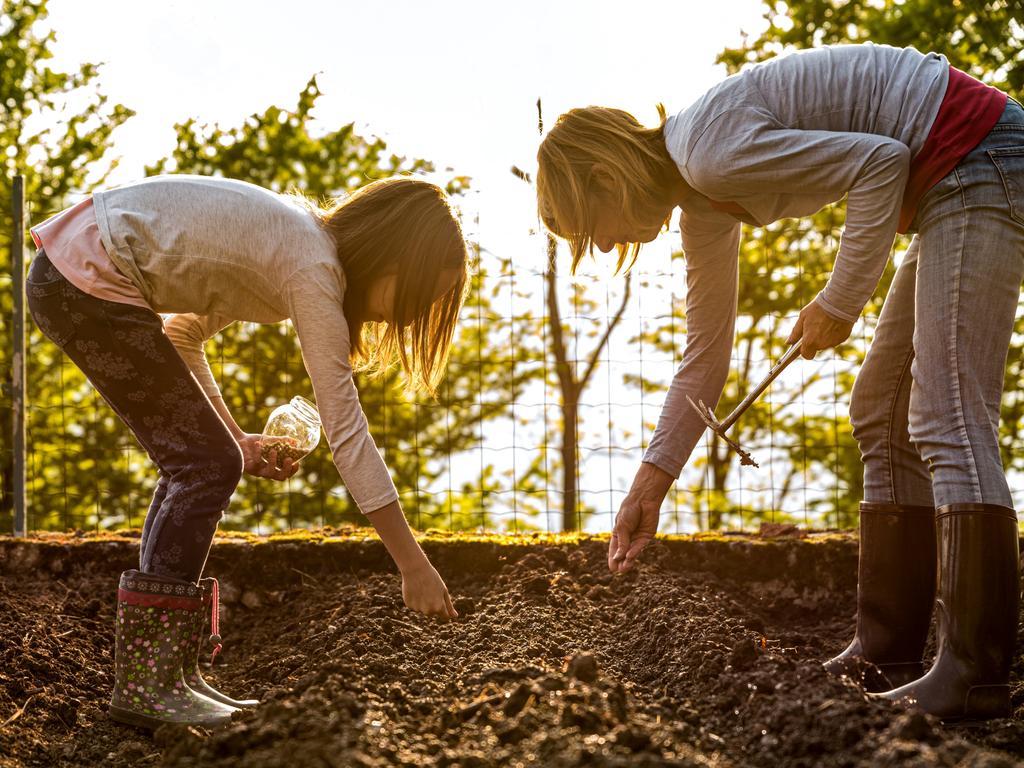
WHAT TO PLANT NOW
1. Lettuces
Grow the loose-leaf varieties with attractive coloured leaves and leaf shapes, and while you can harvest the whole head at maturity in about six to eight weeks, you can also just pick a few leaves from each plant to give yourself the right amount for your salad with no wastage.
2. Rocket
This is so easy to grow and harvest the quantity you need, when you need it. The leaves have a delicious peppery taste and even the pretty yellow or white flowers are edible and have a sweet peppery taste too.
Buy one punnet once and let it self-seed and come up in the gaps in your vegie patch, and you will have it forever.
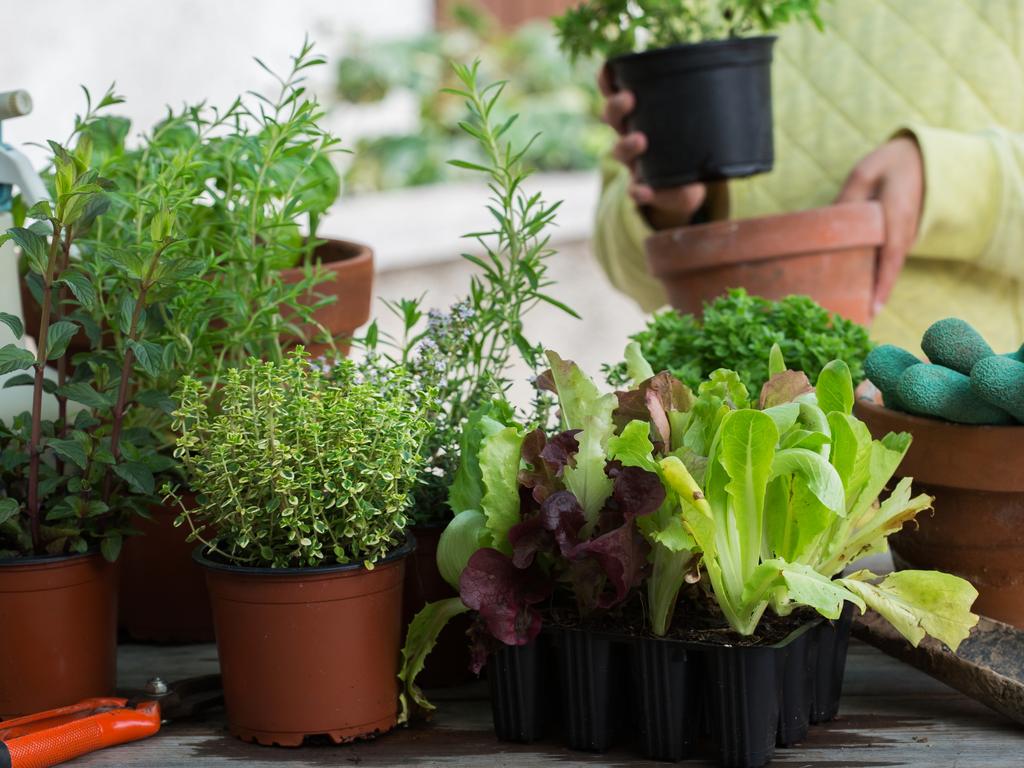
3. Spring onions
These are easy to grow and are such a versatile vegetable that can be used to give an onion flavour to anything you cook. They can be harvested when pencil thin and slender or left to thicken and become fat.
Even if they start to bloom on you, the flowers are still edible and have a great sweet onion flavour.
4. Spinach
This dark green leafy vegetable is renowned for its high iron. Baby spinach is very tender and can be eaten raw in salads or lightly steamed and can be harvested four weeks after planting. Normal spinach is best cooked and will take six to eight weeks to harvest.
Spinach can only be grown in cooler weather and goes to seed as it warms up.
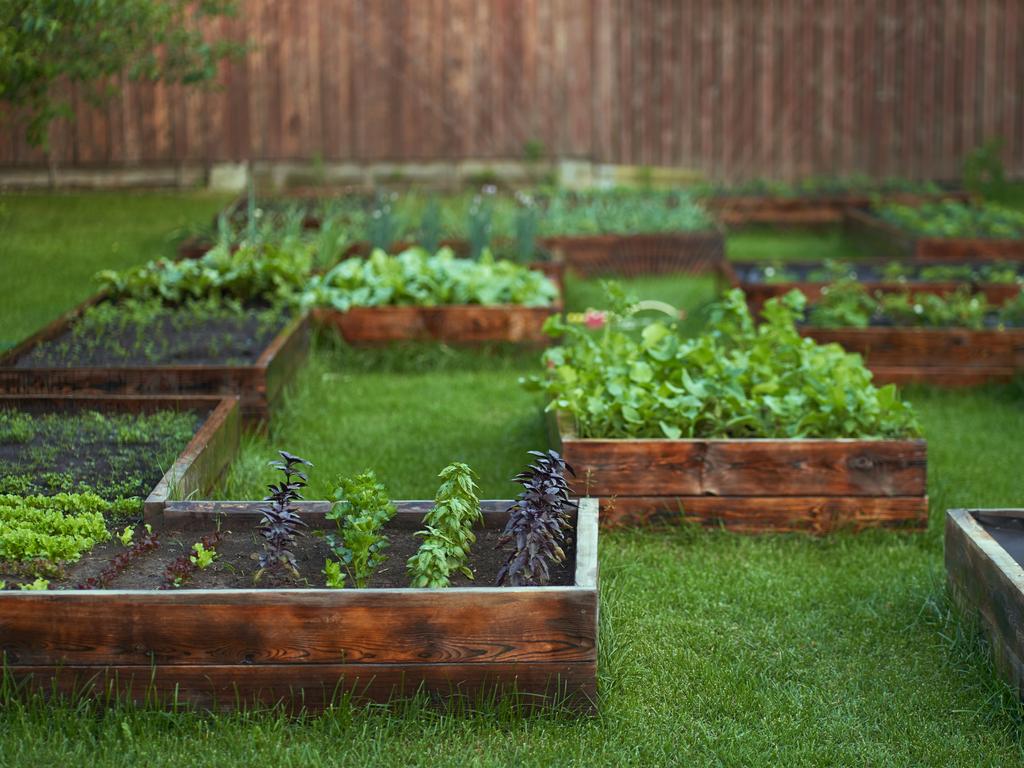
5. Silver beet or chard
This leafy green is often confused for spinach, but it has crinkly, rich green leaves and white stems, while rainbow chard has brightly coloured stems.
Silver beet can be grown all year round, with leaves harvested at the base.
Perpetual spinach is a type of silver beet which grows all year round and self-seeds, so you have it forever.
6. Asian greens including bok choy.
These are one of the staple vegies in our household as we love them in stir-fries, laksa, Pho soups or just steamed. Individual leaves can be harvested when young or pick the whole head as required as they grow.
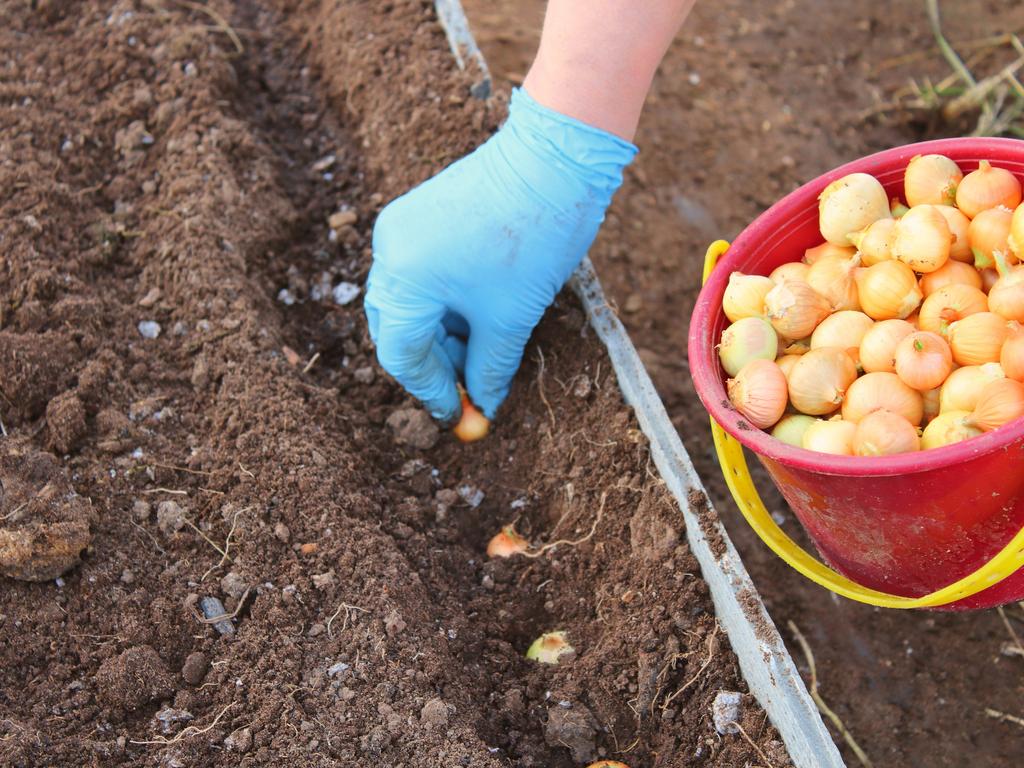
7. Broccoli
There are a number of varieties to choose from, with most producing side shoots once you cut off the main head in eight to 10 weeks, and these will keep you in this yummy vegie for several more months.
Others are called sprouting broccoli and come in either green or purple, forming small shoots like broccolini. Plant some of these as well as the traditional heading types, as they will give you your first harvest in as little as six weeks.
Tip: to stay productive, broccoli must be harvested regularly.
8. Cabbages
While the large headed cabbages can take 10 to 12 weeks to develop and take up a lot of space, the small headed varieties can be enjoyed in eight to 10 weeks. Once harvested they do not reshoot, so remove the plants.

9. Kohl rabi
Sometimes called a turnip rooted cabbage, they look like a UFO vegie and are available with purple or white (pale green) swollen bases with kale-like leaves sprouting from them. They are harvested when their swollen bases are the size of a tennis ball.
10. Kale
These are ‘cut and come again’ vegies, where you simply harvest the leaves you need when you want them.
There are lots of different varieties, so my advice is to keep trying different forms until you find one you like best, and they can be ready to harvest outer leaves from just four weeks and will continue to grow and be usable for up to a year.
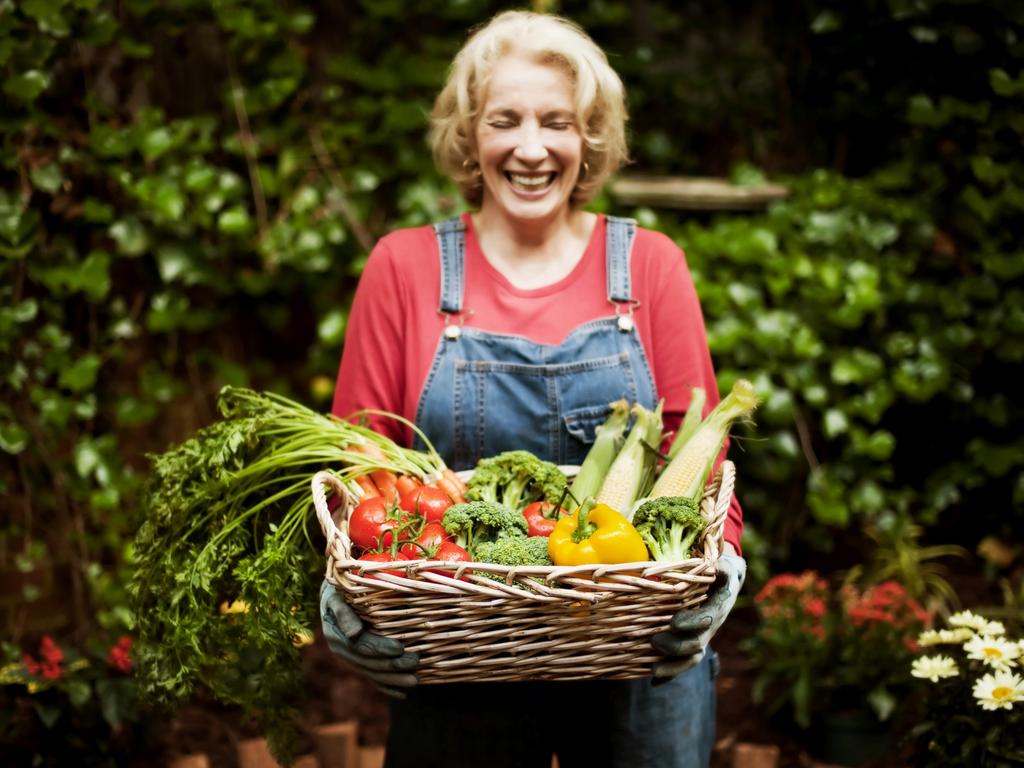
11. Peas
Both sugar snap and snow peas are best planted from seed – but make sure you cover them to stop the birds or mice pinching the peas before they have a chance to sprout. There are dwarf or bush peas that crop quicker and can start to produce pods in just eight weeks.
If growing climbing peas, ensure that they have a tall frame up to 2.5m high on which to climb.
12. Radishes
Sow radish seeds into a shallow furrow 1m long and 6mm deep and cover with soil or compost. Seeds germinate in as little as five to eight days and small roots are ready to harvest in four weeks, although they are fully ready in six to eight weeks.
They can be planted between other longer-term crops to save space.
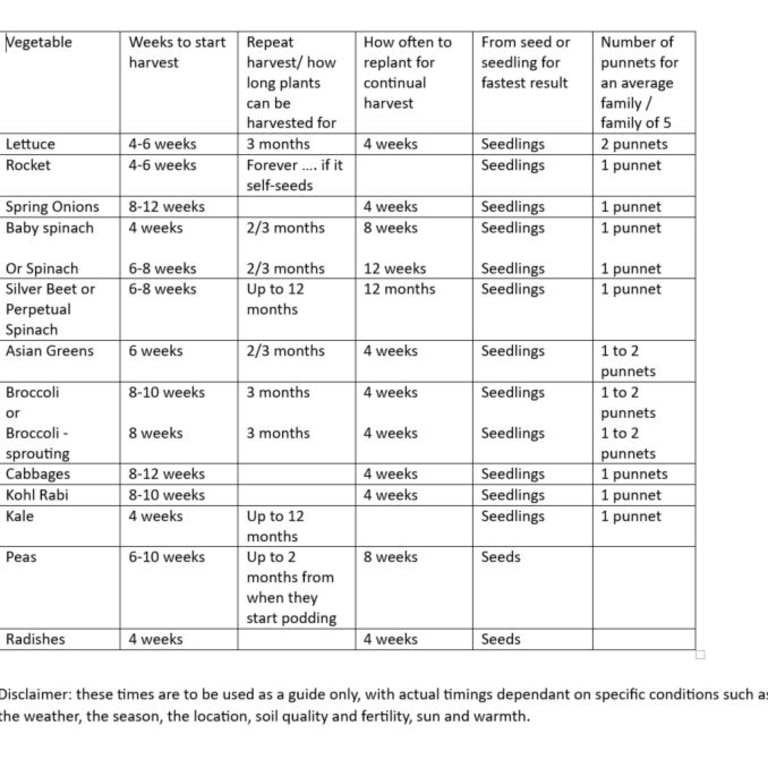
There are some other vegies like carrots, leeks, cauliflower and broad beans which you can also plant now, however they will take longer to give you a crop.
After planting, water your new seedlings in. Be prepared to water them once or twice a week depending on the weather and how the plants are looking.
Mulch lightly with straw to help prevent weeds from competing with your crops for space, water and nutrients.
Avoid putting mulch on areas where seed has been sown until the seeds have shot and are 5cm high.
Watch out for snails and slugs and, in the case of brassicas cabbage, white caterpillars.
Follow @sophiespatch on Instagram
Originally published as How to save hundreds at the checkout and grow enough produce to feed a large family







